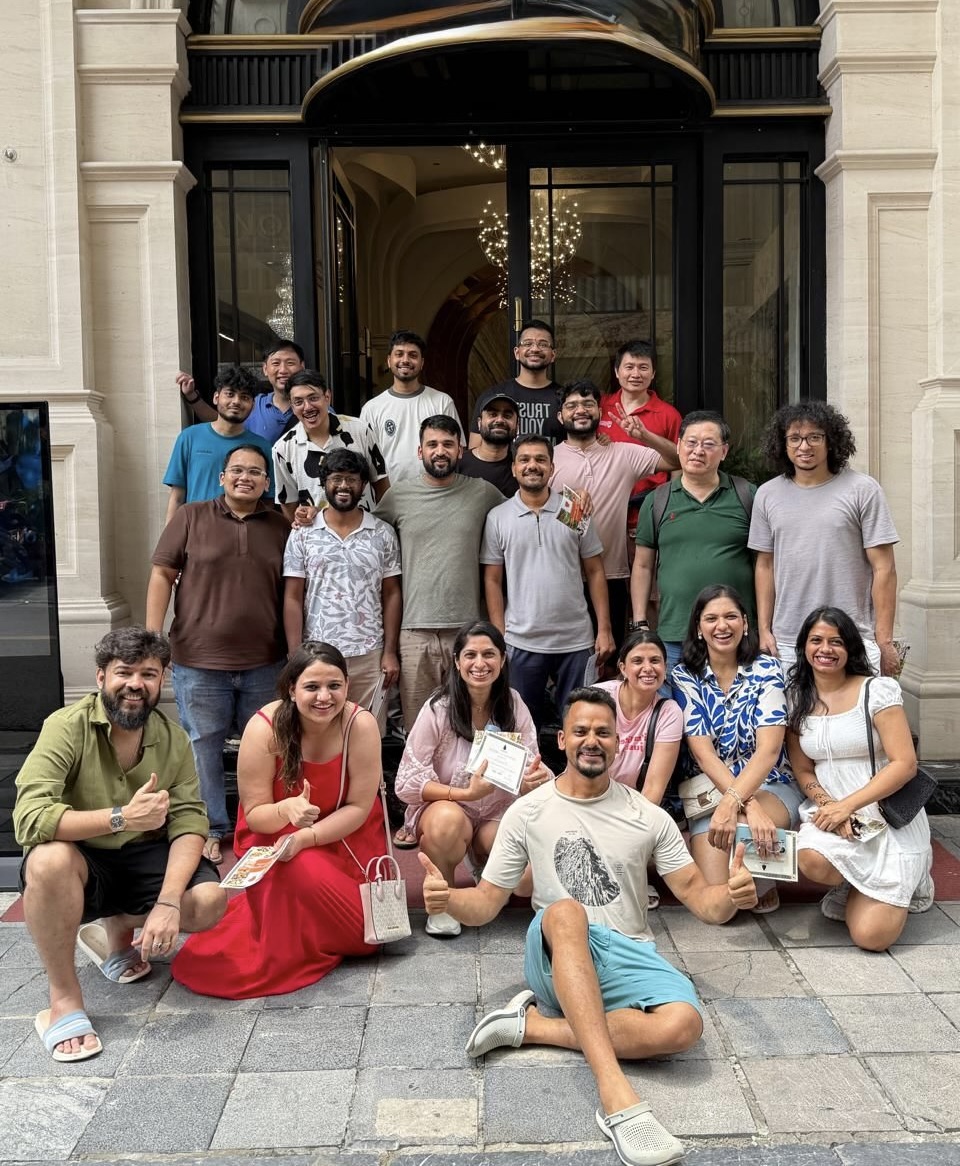
Beyond the Naked Eye: Unlocking Micro-Precision Chip Manufacturing

The Surge in AI Demand: A Semiconductor Boom
As we step in 2025, the world is experiencing an unprecedented surge in demand for computing chips, driven largely by the rapid evolution and deployment of artificial intelligence (AI) technologies. AI applications—ranging from generative AI to autonomous vehicles—require immense computational power, placing heavy demands on specialized semiconductor chips capable of handling complex calculations and processing vast datasets. According to a report published by Deloitte, the global semiconductor market, projected to surpass $1 trillion by 2030, is set to grow as AI becomes ubiquitous. The global semiconductor visual inspection market, on the other hand, was valued at $850 million in 2024 and is projected to grow at a CAGR of 9% to $1.5b by 2030.
Semiconductor Manufacturing: Facing Critical Challenges
Despite the surging demand for semiconductor chips, the industry is facing significant challenges as the chip manufacturing process is complex and time-consuming, with extremely low error margin. These constraints, combined with high costs and limited availability has created bottlenecks in meeting AI chip demands.
Therefore, defect classification has become even more crucial in the production pipeline, as even a single misclassified defect can impact yield and throughput. Manufacturers must accurately identify and classify various defects to maintain efficiency and quality. With the increased data availability and algorithmic breakthroughs, advanced technologies like machine learning have started being implemented to improve this process, enhancing the yield performance and efficiency.
Artificial Intelligence (AI): The Key to Solving Semiconductor Challenges
Computer vision (CV), a field of AI that focuses on enabling computers to “see” and interpret images and videos has already proven itself as a mature and indispensable technology in fields such as autonomous vehicles and physical security, where it enables real-time object recognition, tracking, and decision-making. However, semiconductor inspection has posed unique challenges that have historically limited the adoption of computer vision. The primary obstacles are (i) data scarcity and the (ii) scale and complexity of semiconductor defects. Unlike other industries, semiconductor manufacturing generates highly specialized data, and a single wafer can contain billions of transistors, with defects occurring at microscopic scale and in highly variable patterns. These complexities have made defect detection and classification far more demanding than in most other CV applications.
In recent years, we’ve witnessed an unprecedented convergence of enabling factors in the semiconductor visual inspection space: availability of high-resolution manufacturing data, major breakthroughs in deep learning algorithms and escalating demands for quality and yield. With a more mature advanced imaging system and digital infrastructure, AI models can finally be trained on sufficient datasets needed to detect even the rarest and most subtle defects—something traditional manual inspection methods cannot achieve.
SixSense: Revolutionizing Visual Inspection in Semiconductor Manufacturing
At the intersection of AI and semiconductor manufacturing, SixSense is a Singapore-based visual inspection platform designed to address these challenges in the semiconductor industry. Powered by deep learning and computer vision, SixSense automates defect classification, offering a level of accuracy and efficiency far superior to traditional manual inspection (90% vs 70% in accuracy). The platform analyzes millions of images at high speed, detecting defects with exceptional precision while providing insights into their root causes. This capability not only reduces time and costs associated with quality inspection but also helps manufacturers avoid reputational and financial losses due to defective products.
One of SixSense’s key differentiators is their strong partnerships with leading semiconductor foundries. By collaborating closely with these industry leaders, SixSense has secured privileged access to extensive, real-world defect image datasets covering a wide range of processes and tools. This access has empowered SixSense to train highly advanced models and deliver scalable, effective solutions for semiconductor inspection. With a superior performing solution, the company's AI system has now been adopted by major players in the industry, analyzing millions of production images annually across various processes, tools, and sites.
Founded in 2018 by two exceptional young founders, Avni Agrawal and Akanksha Jagwani, SixSense has grown from a small Singapore-based startup to serving some of the world's largest multinational semiconductor companies from the US, Europe, and Asia. Being headquartered in Singapore has given SixSense a strategic geographic advantage as the Asia Pacific region represents over 71% of the global semiconductor market share as of 2024, with significant activities concentrated in East and Southeast Asia.
Why We Chose to Invest in SixSense
Our investment in SixSense stems from our belief in the transformative potential of AI to solve critical challenges in semiconductor manufacturing. As the demand for advanced computing chips continues to soar, solutions like SixSense will be crucial to meeting these needs while maintaining high standards of quality and efficiency. With the growth of AI across industries, we believe that solutions like SixSense will be increasingly prevalent as they are strategically positioned to optimize the "fuel consumption" of AI development. We look forward to partner with SixSense on this journey of exploring how AI can be used to drive the wider AI infrastructure space forward.

